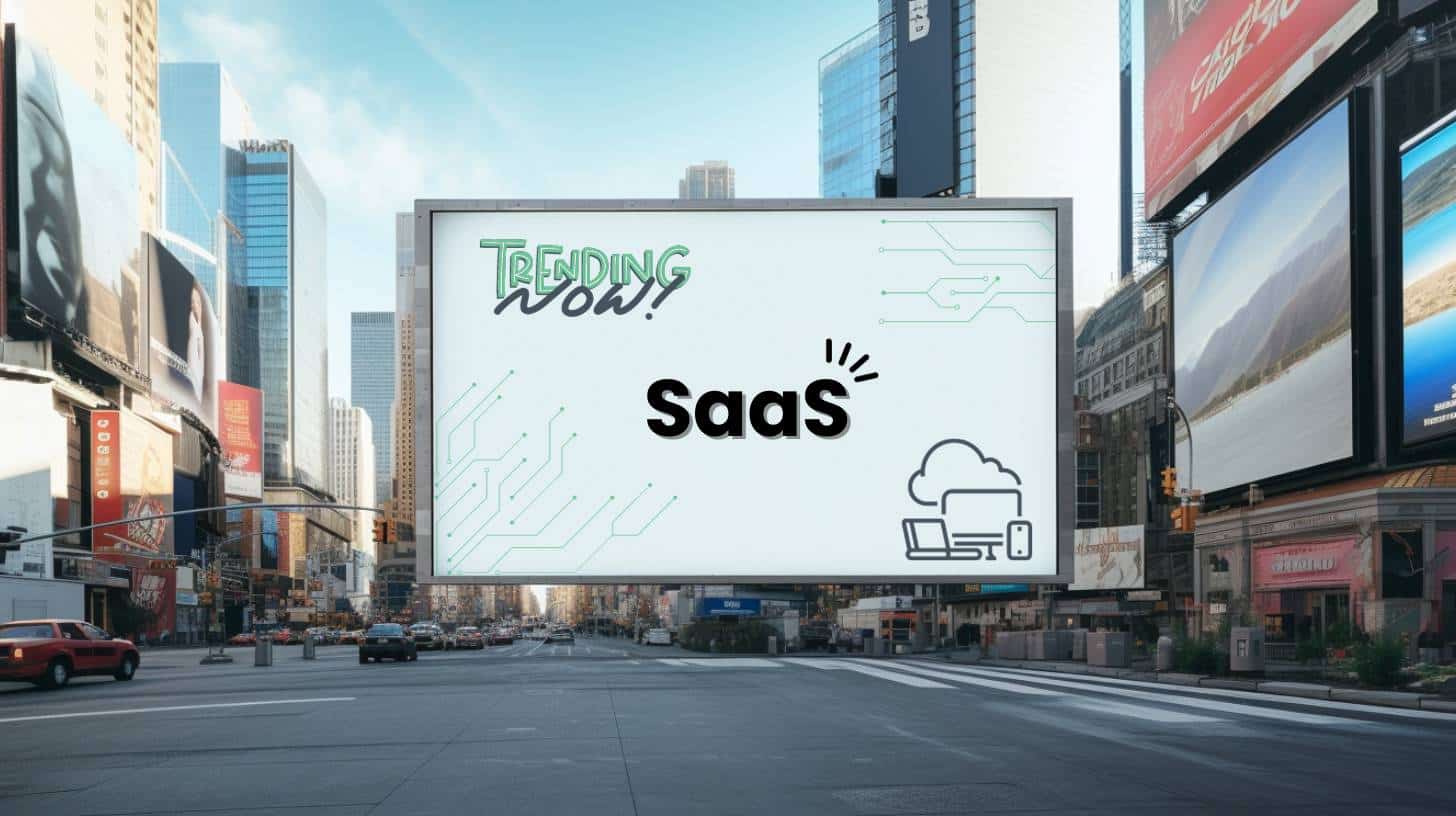As we enter the new year, the SaaS industry continues to evolve at an unprecedented pace. With a market size projected to exceed $200 billion in 2024, the sector is poised for transformative changes in the coming year. The Bay Leaf Digital team has been doing our homework, reading and rounding up key predictions for you. Let’s explore some SaaS trends that are likely to have an impact.
This Year’s Top 10 SaaS Trends
1. Market Recovery and Investment Shifts: Expect a resurgence in the SaaS sector, fueled by lower interest rates leading to SaaS multiple reflation, particularly in the latter half of the year. Venture capital investments in SaaS companies are set to rise, driven by AI advancements and B2B resilience. Yoram Wijngaarde, CEO of Dealroom.co, says, “VC investment into SaaS companies could start growing again in 2024…AI tailwinds and (relative) B2B resilience could help SaaS funding turn a corner.”
2. Customer-Centric Approach and Personalization: SaaS companies are increasingly adopting a customer-centric approach, focusing on creating products that are tailored to specific user needs. This trend highlights the importance of understanding and serving distinct customer segments effectively. AI-powered chatbots will increasingly become the customer service standard, allowing providers to give users the highly personalized experience they demand.
3. AI and Machine Learning Integration: Artificial Intelligence (AI) will become a standard in SaaS solutions, moving beyond innovation to become an essential component. This includes the use of AI for workflow enhancement, opportunity discovery, and predictive analytics. Forbes even predicts that many Fortune 500 companies will add a “Chief AI Officer” to their C-suites. Concurrently, there will be a significant focus on AI security, with a surge in startups in this domain.
4. Emergence of Vertical and Micro SaaS: Watch for even more specialization as niche SaaS, catering to specific industries and audience segments, continues to expand. Vertical and micro-SaaS solutions offer specialized services tailored to distinct market needs, providing more focused and efficient tools for industries like healthcare, finance, and insurance.
5. Growth of Low and No-Code Platforms: Low and no-code platforms – SaaS products that require a minimum of expertise to customize – are gaining momentum and will drive a substantial portion of app development. This shift signifies a movement away from traditional programming, democratizing development and enhancing agility.
6. Cybersecurity and Compliance: Cybercrime Magazine reported that breaches were expected to cost $8 trillion worldwide last year. As we enter 2024, the SaaS domain will continue grappling with cybersecurity challenges, with an upsurge in breaches and diverse attack vectors. Companies will need to navigate an evolving regulatory environment, emphasizing the importance of compliance and robust security measures.
7. Shift to Platform as a Service (PaaS): PaaS is a cloud computing model that gives developers with a framework to create, test, and deploy applications, eliminating complex management of underlying infrastructure and streamlining the development process. PaaS is emerging as a dominant trend, marking a significant shift in how companies approach product enhancement and system maintenance. In 2020, the worldwide market size for PaaS was estimated at $44 billion. Forecasts indicate a significant growth to $319 billion by 2030, with an expected Compound Annual Growth Rate (CAGR) of 22.0% during the period from 2021 to 2030.
8. Market Consolidation: Expect consolidation in 2024, as larger SaaS entities acquire smaller firms. As the SaaS business model has gained popularity, the market has become saturated, with numerous tools offering similar functionalities, impacting profitability at companies of every size. To survive this competition, many brands are now opting for consolidation, reducing costs at smaller organizations and enabling larger companies to access new technologies without high development expenses.
9. Adoption of RevOps: Revenue-operations (RevOps) tools will continue to grow in popularity, providing integrated platforms for sales and marketing functions. RevOps tools streamline internal processes, fostering collaboration between sales, marketing, and customer service teams and improving overall operational efficiency. These tools deliver predictive analytics and insights, which are instrumental in enhancing customer conversion rates and driving revenue growth.
10. Flexible API-Based Infrastructure: Application Programming Interfaces (APIs) serve as intermediaries that allow different software applications to communicate with each other. For SaaS providers, APIs facilitate seamless integration and customization, enhancing the overall functionality and user experience. The shift towards flexible, API-based infrastructure in SaaS products will continue in 2024, enabling greater scalability and adaptability and allowing SaaS products to respond swiftly to market changes and user feedback.

As we venture into 2024, these SaaS trends indicate a dynamic and rapidly evolving sector. Opportunity will increase, but so will challenges. Does your company need help boosting brand awareness and generating leads? Contact the expert B2B SaaS marketers at Bay Leaf Digital today.



